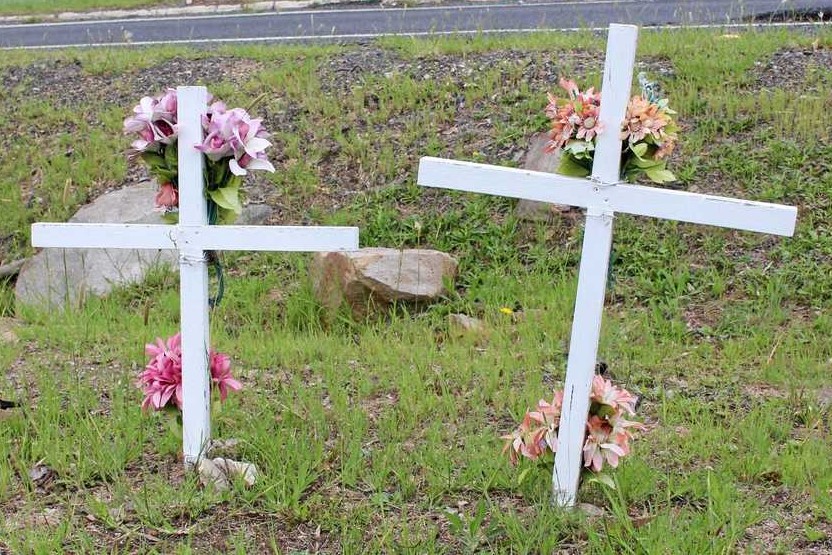Release safety data to cut regional NSW road deaths
People in the Hunter Valley, New England and the Mid-North Coast are more than seven times more likely to die on roads than their metropolitan Sydney counterparts.

People in the Hunter Valley, New England and the Mid-North Coast are more than seven times more likely to die on roads than their metropolitan Sydney counterparts.
Bureau of Infrastructure and Transport Research Economics data shows in the 12 months to 30 September 2023, 240 Australians died on the roads – up 4.6 percent on the corresponding period a year earlier.
The NSW toll rose even more – up by 17.2% (340 deaths, up from 290). Two-thirds of those NSW deaths occurred in regional areas including the Hunter, New England, and the Mid-North Coast, which have suffered high road death tolls for many years.
| Federal electorate/region | 2017-21 road deaths |
Share of NSW road deaths | Share of NSW population | Deaths per 100,000 people* |
| Hunter | 87 | 5.3% | 2.2% | 9.75 |
| New England | 87 | 5.3% | 2.0% | 10.83 |
| Lyne (Mid-North Coast) | 78 | 4.7% | 1.9% | 9.81 |
| Metropolitan Sydney | 317 | 19.2% | 55.6% | 1.4 |
| NSW | 1,648 | 100% | 100% | 4.04 |
*Annual average 2017-2021
Australia’s peak motoring body says governments must respond to the crisis by publishing data about the causes of crashes, the condition of our roads, and patterns of law enforcement.
“This would enhance transparency and give experts the information needed to create more effective road safety policies,’’ said AAA Managing Director Michael Bradley.
“The NSW Government holds the data we need to understand these figures, but like other states and territories, it’s not making it public.
“Data transparency is a better way. It’s commonsense, will cost nothing and will save lives.’’
The AAA’s Data Saves Lives campaign calls on the Federal Government to compel state and territory governments to publish more road safety data as a condition of receiving their share of the $10 billion a year the Commonwealth spends on road grants.
The Commonwealth could achieve this by writing data transparency into the next five-year National Partnership Agreement on Land Transport Infrastructure Projects, which is now under negotiation and due to take effect from July 2024.
Earlier this year the AAA polling conducted uncovered a high level of public cynicism about the way governments make decisions about road funding.
The polling found 43 per cent of voters in the area believed road funding was allocated for political reasons, not to improve road safety.
“That’s the highest level of cynicism we found in the dozen seats we looked at,’’ Mr Bradley said.
“Anyone familiar with the Hunter knows people travel long distances on treacherous roads.
“The region’s strong population growth isn’t being matched by commensurate road investments, which means many roads are now carrying more traffic than they were built to handle.’’
Mr Bradley said the Commonwealth already attached data requirements to funding in health and education and that road funding should be no different.
The AAA’s Data Saves Lives campaign has already won the support of 61 federal MPs – or 40% of the House of Representatives.
For more detail see datasaveslives.org.au.